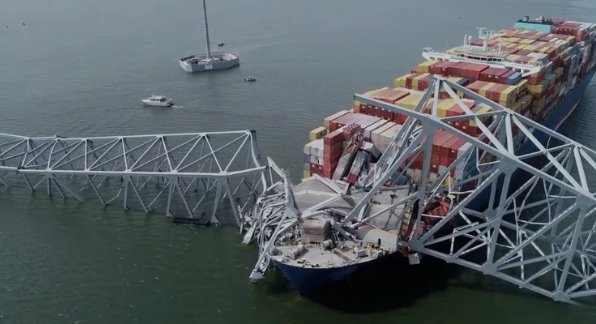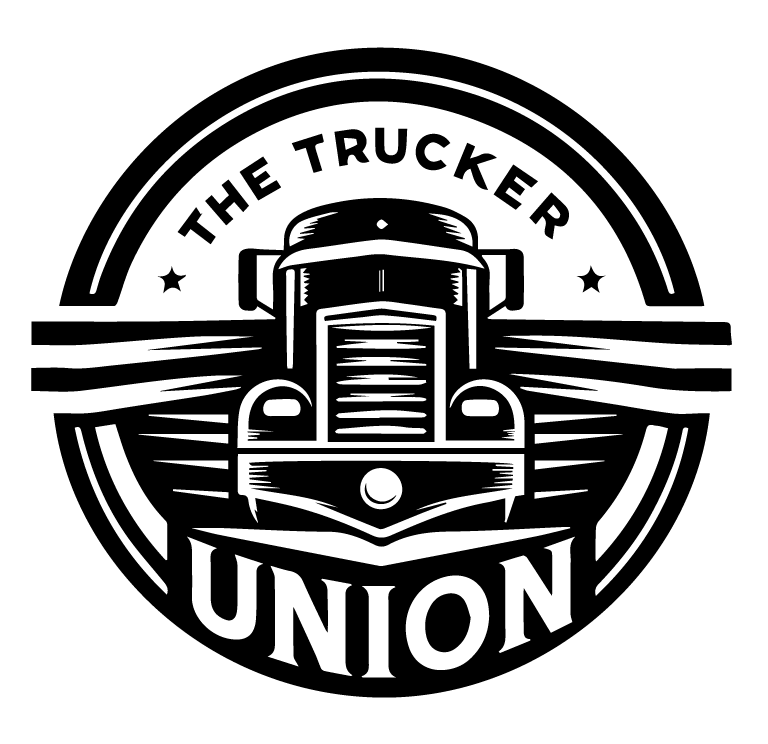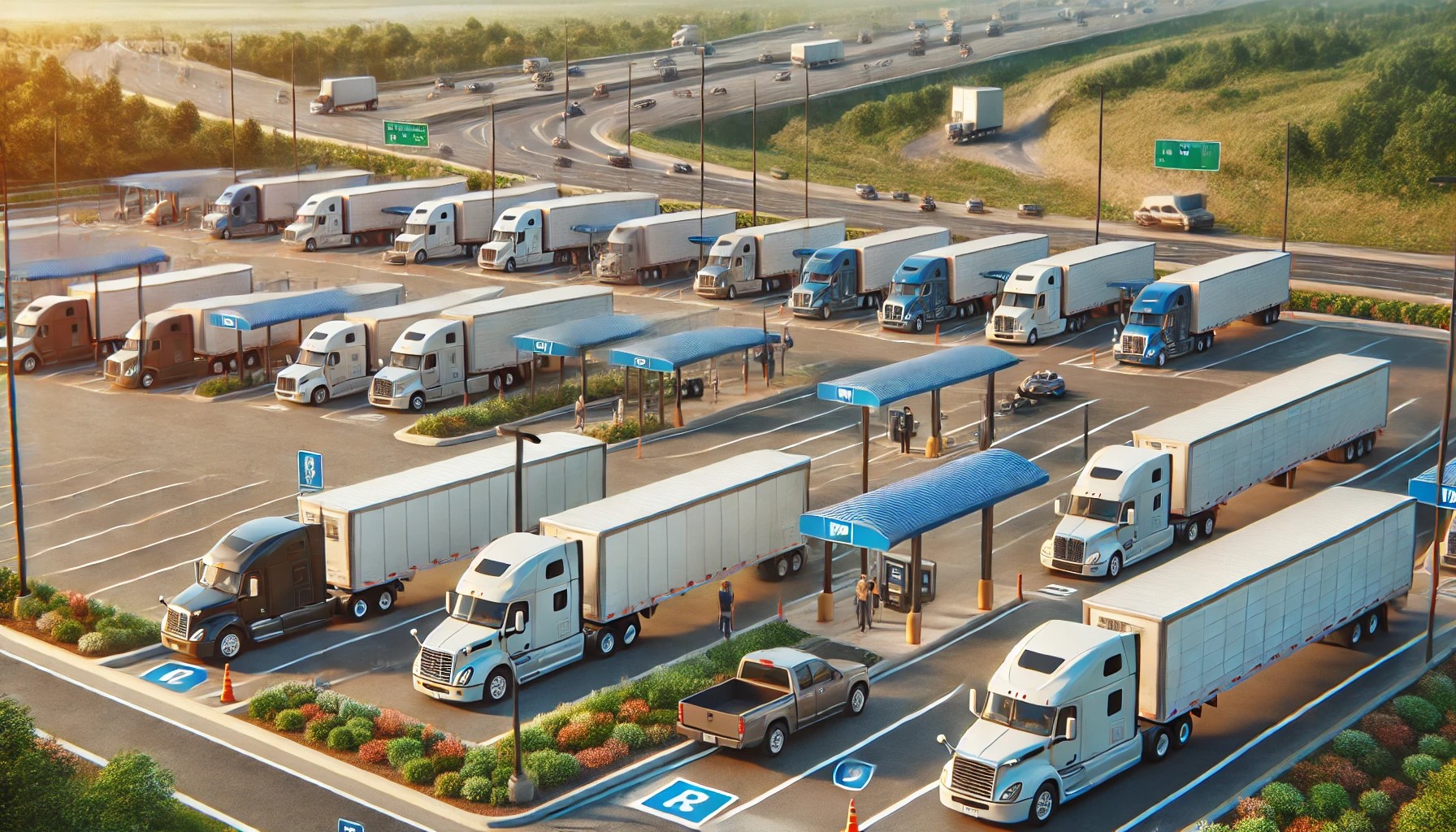
The collapse of Baltimore’s Key Bridge has unleashed a wave of disruption rippling through the nation’s transportation networks, with the trucking industry emerging as a frontline casualty of the incident. As a critical link in the supply chain, trucking companies rely heavily on efficient roadways and bridges to transport goods across the country. However, the sudden closure of the Key Bridge has dealt a severe blow to the industry, exacerbating existing challenges and highlighting the need for infrastructure resilience.
Trucking companies, already grappling with driver shortages, rising fuel costs, and supply chain bottlenecks, now face the daunting task of navigating detours and delays caused by the bridge collapse. With alternative routes stretched thin and congested, trucks are forced to take circuitous paths, adding precious hours and miles to their journeys. These delays not only disrupt delivery schedules but also strain the operational capacity of trucking fleets, leading to increased costs and logistical headaches.
The Key Bridge collapse has underscored the indispensable role of bridges in facilitating the movement of goods and the interconnectedness of the transportation network. For trucking companies, bridges are not just conduits for commerce but lifelines that connect production centers with distribution hubs and consumer markets. The closure of a major bridge like the Key Bridge reverberates across the entire supply chain, disrupting the flow of goods and compounding challenges for businesses already operating on thin margins.
In addition to the operational challenges faced by the trucking industry, the financial toll of the bridge collapse looms large. According to estimates, the cost of rebuilding the Key Bridge could run into the billions, further straining already stretched state and federal budgets. The extensive damage inflicted on the bridge necessitates comprehensive repairs and upgrades to ensure its long-term resilience and functionality. However, the financial burden of rebuilding falls not only on government agencies but also on businesses and taxpayers who rely on the bridge for their livelihoods and daily commutes.
Despite the challenges posed by the Key Bridge collapse, there is a silver lining in the form of renewed attention to infrastructure investment and resilience. As policymakers scramble to expedite repairs and restore normalcy to transportation routes, there is growing recognition of the need for long-term solutions to fortify the nation’s infrastructure against future disruptions. Investments in bridge maintenance, road upgrades, and technology integration are essential to bolstering the resilience of the transportation network and safeguarding the economy against unforeseen shocks.
For the trucking industry, the aftermath of the Key Bridge collapse serves as a stark reminder of the fragility of the nation’s infrastructure and the imperative of proactive planning. By diversifying transportation routes, embracing digital technologies, and advocating for infrastructure investment, trucking companies can mitigate the impact of disruptions and ensure the smooth flow of goods critical to the nation’s economy.
In conclusion, the collapse of Baltimore’s Key Bridge has cast a spotlight on the vulnerabilities of the nation’s transportation infrastructure and the resilience of the trucking industry. As stakeholders rally to address the immediate challenges posed by the bridge collapse, there is an opportunity to reimagine and revitalize the nation’s infrastructure, laying the foundation for a more resilient and prosperous future.












